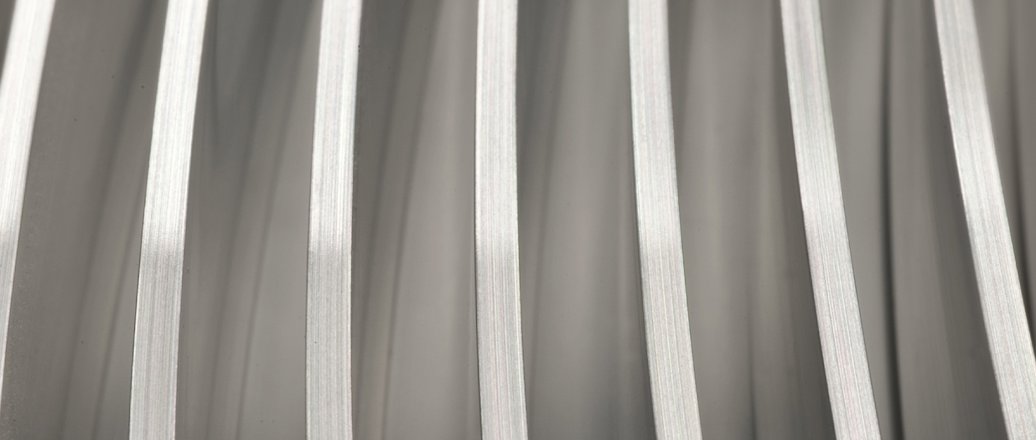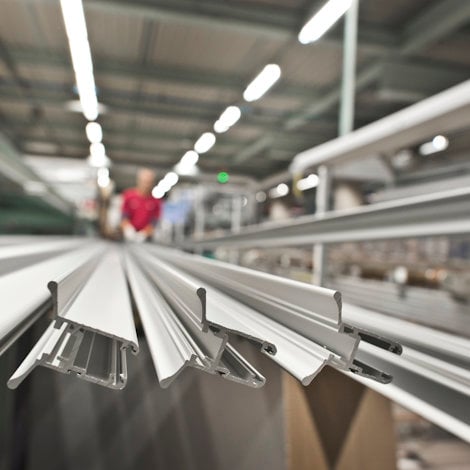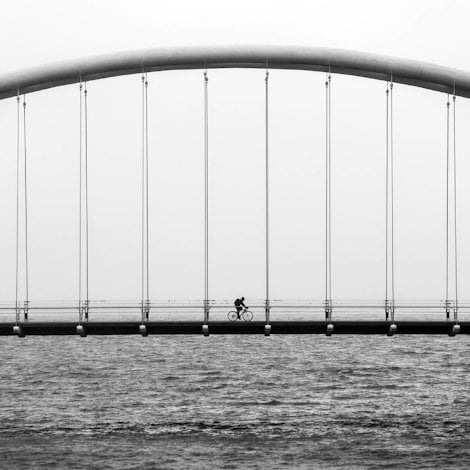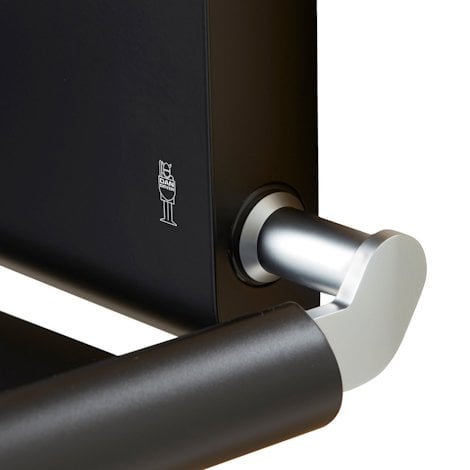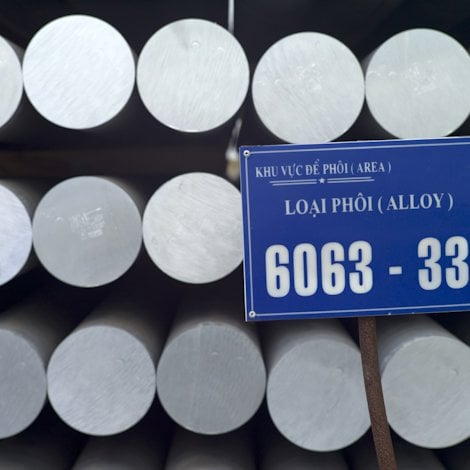Which wall thickness should you choose for your aluminium product?
You should always aim to design an aluminium profile that it is as easy as possible to produce, because this will be the most economical for you. The easiest to produce are profiles with uniform wall thickness.
When deciding how thick the walls of a profile should be, strength and cost-efficiency are key considerations. An aluminium profile is easier to extrude if it:
- Has simple, rounded shapes with radiused corners. Sharp projections should be avoided in an extruded profile, because they can easily become wavy and uneven. Projections should instead be rounded off. A radius of 0.5-to-1 mm is usually sufficient.
- Has little variation in wall thickness. Having the same wall thickness for the extruded product's internal and external walls is an advantage, because this will decrease the level of stress on the extrusion die and it will thereby improve productivity.
- Is symmetrical. The flow of aluminium through the extrusion die and into the desired shape is normally improved when the shape in the die is symmetrical by design. This has an impact on productivity and on costs.
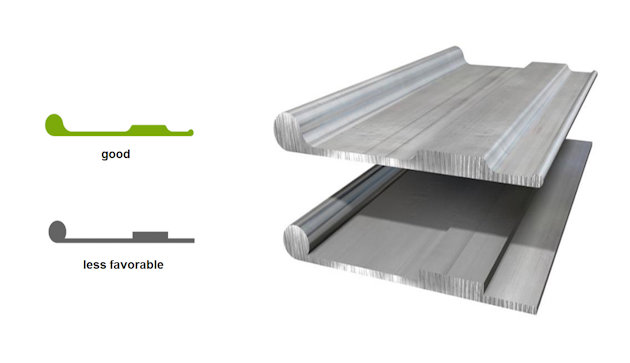
A profile is more difficult to extrude if it has deep, narrow channels.
Variations in wall thickness depend on strength requirements
The main factors affecting wall thickness are extrusion force and speed, the choice of alloy, the shape of the profile, the desired surface finish and tolerance requirements.
When necessary, wall thickness within an aluminium profile can easily be varied. In fact, it is acceptable to have a range of wall thicknesses within a single profile. This is determined by the strength requirements.
For instance, a profiles’s bending strength can be increased by concentrating weight or thickness away from the center of gravity – as far as possible from the neutral axis.
That said, an aluminium profile with large variations in wall thickness cools unevenly after having been extruded. This gives rise to a visible structural unevenness that is particularly marked after anodizing.

